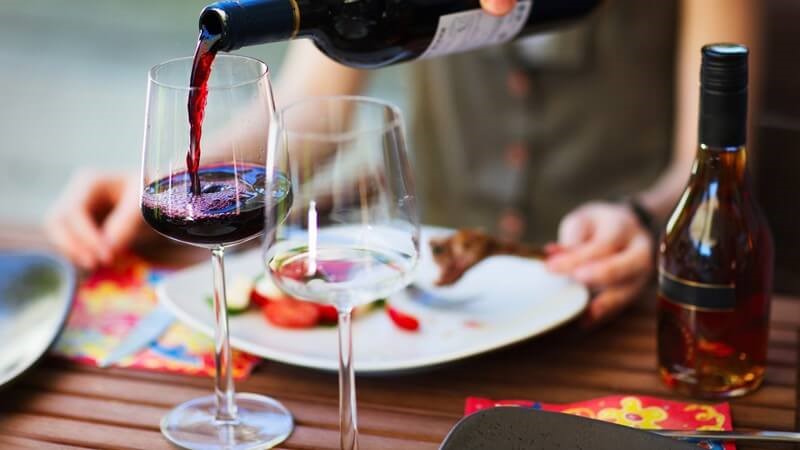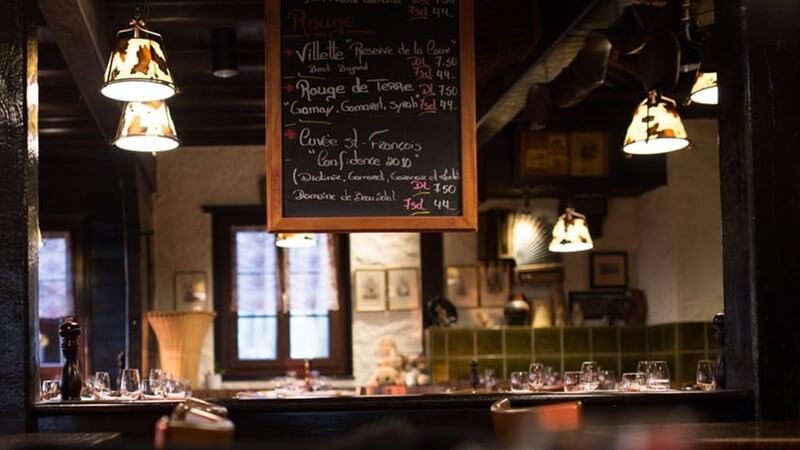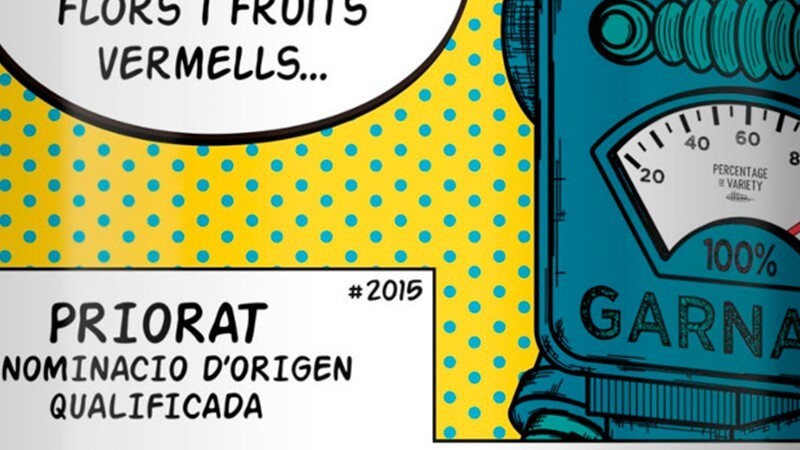
For many On-Trade consumers, the wine list can be a daunting prospect. Although wine as a category is becoming more approachable (which is a good thing), a group of friends out for a meal can still quite often resemble a ‘pass the parcel’ game when the wine list appears as many still feel intimidated by the choices and do not feel confident in picking the right wine for the right occasion.
Recognising this issue is the first step to overcoming it. For most of us in the trade, wine is a passion and something that we discuss, taste and sell on a daily basis. It can therefore be difficult, at times, to put our own opinions and preferences to one side when creating a wine list – however that is exactly what is needed. Wine is a very subjective product and everyone’s palate is different but what’s most important is to put ourselves in the shoes of the consumer and try to anticipate what they will be looking for in a wine offering. This way, not only will we make the right wine choices, but pick the ones that will be the most successful commercially – and therefore the best value for money.
"What’s most important is to put ourselves in the shoes of the consumer and try to anticipate what they will be looking for in a wine offering"
By Keith Moir
The On-Trade is, of course, as diverse as wine itself – and with a myriad of venue styles and quality levels, what’s appropriate for one outlet will not necessarily be for another. A wine consumer visiting a fast-paced, contemporary style casual dining restaurant will more than likely wish to see a wine list that offers the right range but is also concise and easy to navigate, in a similar fashion to that of the food menu. A much more extensive wine list, however, probably in a more traditional format, will be appropriate (and expected) in a fine dining environment. Yet taking the time to choose the right wines, and presenting them in the right way, will pay dividends to the operator in both scenarios.

Taking an example of a good quality, value for money dining establishment, there are a number of ways to approach the wine selection and list structure which will not only benefit the customer but will also help to maintain healthy margins – and crucially, encourage trade-up. Firstly, decide on the number of wines and the menu bottle price range. This will, of course, be determined in many ways by the location and demographics, as well as by what competing outlets in the area are offering by comparison.
A typical list may end up with between 8 and 12 whites and reds, 2 or 3 rosé and a couple of sparkling options. Regardless of what selling prices can be achieved, attention should be paid to the price laddering so that there are no big ‘jumps’ between two wines, in order to encourage trading up. At the top end of the wine list, it can pay to focus more on cash margin than trying to achieve the same % G.P. across the whole list.
In terms of wine selection, again this is where it is important to get inside the mind of the target consumer and think about what they will be looking for. There are often arguments for and against ‘must stock’ wines – with some believing that listing them means nothing else will sell, while others feel that it would be a risky strategy not to as the customer may instead decide not to order wine at all if their favourite isn’t available.

One approach that can work well is to list the ‘must stocks’, for example, Pinot Grigio, New Zealand Sauvignon, Argentinian Malbec etc. and put them under a ‘Familiar Favourites’ category in each section, while listing some lesser known but interesting varietals under headings such as ‘New Discoveries’ or ‘Something a bit different’ – thus appealing to consumers who like to play it safe with their choices but also to those who are a bit more experimental and willing to try something new. It is always worthwhile keeping an eye on what is currently on-trend in wine and could fill a gap on the list, whether it’s Picpoul de Pinet, organic wine or Magnums of Provence rosé – a simple ‘Wine of the Month’ promotion could test the water before committing to featuring it on the full list.
If the decision is made to include the most popular and well-known varietals, it is important to price them accordingly – if the least expensive white on the list is a Sauvignon Blanc or a Pinot Grigio there is not much incentive for many consumers to even look at the rest of the list, never mind consider trading up. For ‘house’ wines, therefore, a French or Spanish blend of lesser-known varietals can be a good option as consumers will be happy to pay a little extra for varietals and regions that they recognise. Arranging the wines in order of price is usually best avoided as mixing the wines up will encourage the customer to peruse the whole list and take the emphasis off price alone.
"It is always worthwhile keeping an eye on what is currently on-trend in wine and could fill a gap on the list"
By Keith Moir
Having a strong by the glass offering goes a long way to achieving value for money, with an increasingly health-conscious consumer base being more aware of alcohol intake and drinking less (but better). Investing in a wine preservation system can be extremely worthwhile and enable by the glass sales of more premium wines, which can otherwise move quite slowly when sold by the bottle only. This can also facilitate a simple ‘try before you buy’ mechanic, with minimal cost to the operator yet guarantee an increase in premium wine sales. Menu Engineering can be used to push certain wines on the list by highlighting them in each section and tying in with the food menu, with wines paired with specific dishes.

The menus themselves can only do so much, however, and nothing is more effective at recommendations and upselling than an enthusiastic, knowledgeable front of house team – which is why staff training on wine plays such a big part in achieving strong and profitable wine sales. Staff incentives can be a simple but effective way of driving sales of specific wines and brand owners are often willing to offer support to facilitate this. Finally, there may be distinct differences between the On and Off-Trade, however, the same consumers visit both and the visual appeal of wines should not be forgotten. Many producers are putting significantly more emphasis on packaging and label design for On-Trade wines and bottle displays in-outlet can be an effective way of encouraging trial and trade-up.
Time and effort invested in selecting the most appropriate wine range and presenting it in the most appealing way to the consumer will be repaid many times over through strong and profitable wine sales. Speak with your Matthew Clark account manager or Wine Development Specialist who will only be too happy to help.

